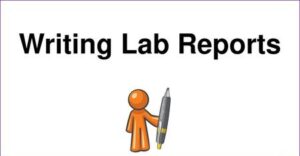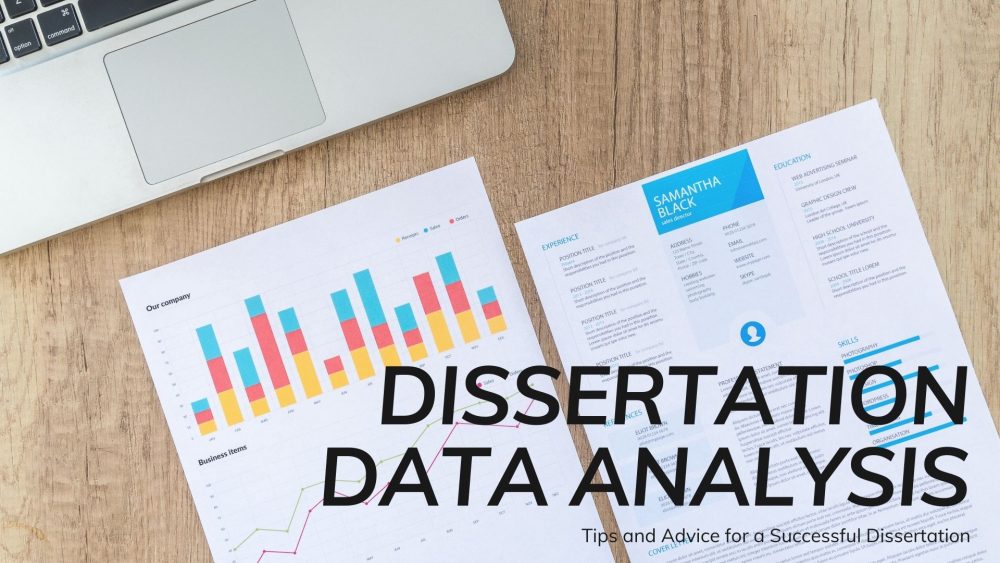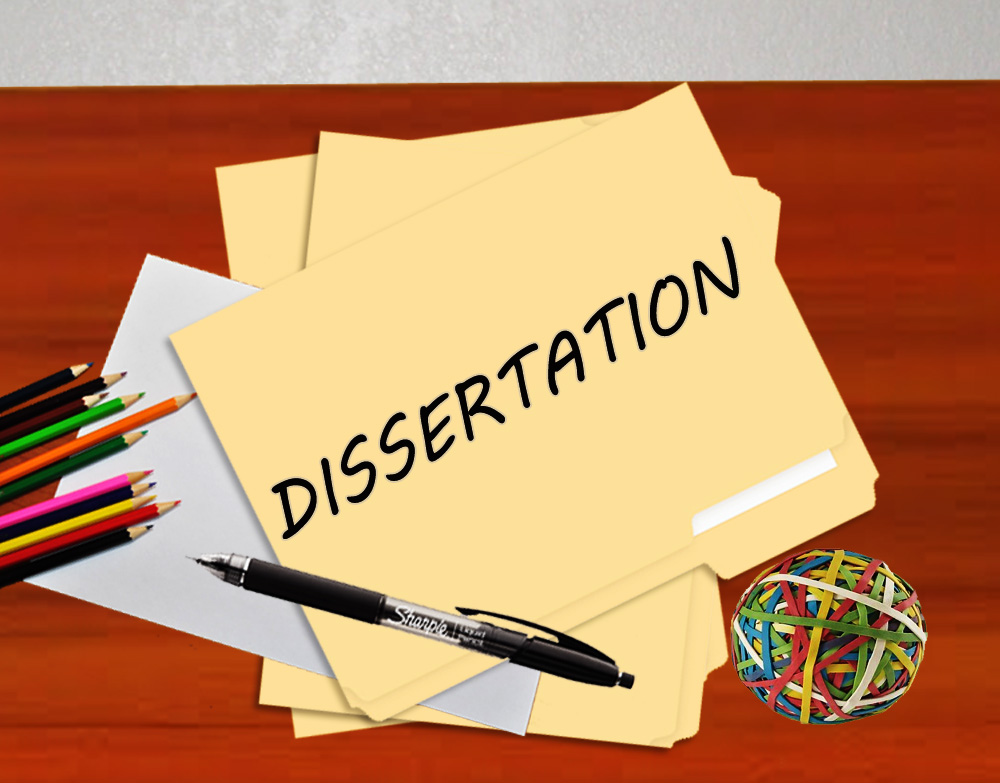How To Write A Lab Report
 A lab report is a document that describes the experiment you conducted, the findings you made, and the results you achieved. Writing a lab report is a common requirement in laboratory courses, and it plays a crucial role in determining your grade. Some instructors will want a separate lab report, while others will want the report to be written in a lab notebook. If your instructor does not give you a lab report format, you can use the format outlined here. This guide will provide you with helpful information on the different sections to include in your report.
A lab report is a document that describes the experiment you conducted, the findings you made, and the results you achieved. Writing a lab report is a common requirement in laboratory courses, and it plays a crucial role in determining your grade. Some instructors will want a separate lab report, while others will want the report to be written in a lab notebook. If your instructor does not give you a lab report format, you can use the format outlined here. This guide will provide you with helpful information on the different sections to include in your report.
Essentials on How to Write A Lab Report
- Page: Some lab reports do not have a title page. If your instructor has insisted you have one, it should be a single page that has the following details;
-
-
- The title of the lab experiment.
- Your name and the names of other lab partners if it was a group effort.
- Your instructor’s name.
- The submission date of the report or the date the experiment was done.
-
- Title: The title explains what you did in the lab. It should be brief with not more than ten words with a description of the investigation’s main point.
- Abstract: The abstract summarizes the information provided in all the other chapters of the report. An abstract comes at the beginning of the report, but it should be written after writing other sections. In this section, you should give a comprehensive and precise summary of the report. Use a straightforward style and avoid note form. The abstract should briefly explain the experiment’s aim and rationale in one or two sentences and describe the setting of the study, participants, method design, questionnaires, and tests used. It should also explain the study’s main findings, including statistics used and their significance levels, and finally, an outline of how the research will contribute to the literature.
- Introduction: The introduction aims to explain the origin of your hypothesis. Ideally, this part should have a funnel structure, starting broad and then moving to specific knowledge. Make sure the preceding literature gradually introduces the hypothesis and aims of the experiment. Ideas should have a logical progression to aid in the report’s flow. Here is a guideline for writing a good introduction. Begin the chapter with a general theory, briefly mentioning the topic and defining vital key terms. You can then discuss the theoretical framework surrounding the study. It is crucial to follow with a summary and synthesis of previous studies. Find out the study’s purpose, who the participants were and what they did, the results obtained, what the results meant, and how the results relate to the theoretical framework. Furthermore, you should also discuss how the current research will address a gap by overcoming previous studies’ limitations. The introduction’s final paragraph should explain what you plan to explore and a precise prediction of the expected results.
- Method: The method section has several subheadings;
- Participants: If the experiment involves participants, you should say the number of recruited participants, the method you used to get your sample, and provide participants’ demographic details relevant to the study like gender, mean age, ethnicity, and standard deviation.
- Design: This subsection requires you to mention the experimental design. Outline the dependent and independent variables, making certain independent variables correctly labeled and named at different levels. For instance, if the independent variable label is gender, the level or condition will be male or female. Explain how the dependent and independent variables were operationalized, stating if any controls were used.
- Materials: A list of the materials used in the experiment and their measures should be listed here. Avoid including wholesale replication of the material used and include the measures’ alpha values.
- Procedure: You should describe the steps you followed when experimenting, that is, explain exactly what you did in the lab. Giving sufficient details of the procedure you followed will allow replication of the results. To write an effective procedure, you should assume that the reader lacks knowledge of what you did and make sure what you write will enable them to replicate your findings. The details should be concise, excluding details regarding record sheets and instructions. You are only required to say what you did and not justify the method you used. It is crucial to note that the procedure should be written in the past tense.
- Results: It includes numerical data that you obtained from the procedure you performed in the lab. It is a record of the data you collected when you experimented. You should also report the magnitude and direction of the results and name the statistical test utilized. You are only supposed to give the facts without interpreting what they mean. Ensure that your instructor can understand the results by presenting them clearly and concisely. If possible, use a table to display data to make it easier to be understood.
- Discussion: Any calculations you made based on the data collected should be included here. This section interprets the collected data and explains how they relate to the hypothesis; whether the hypothesis was accepted or rejected. Compare your results to background information in the introduction part and discuss why they are similar or different. This is where you also mention the mistakes you made and the limitations you encountered when experimenting and suggest ways to improve the study.
- Conclusion: It should be a single paragraph summing up everything that happened during the experiment, whether or not your hypothesis was accepted, and what it means.
- References: A reference section should be included if you based your research on other people’s work and cited facts in your report that need documentation. The section will have a list of the sources you cited in the report in alphabetical order.
We offer a 100% confidential service for anyone wishing to use our lab report writers. All features of our lab report writing help are within short reach for you, while our special features include free unlimited revisions, 24/7 support chat & Plagiarism-free.
Get a 15% Discount on Your First Order!

